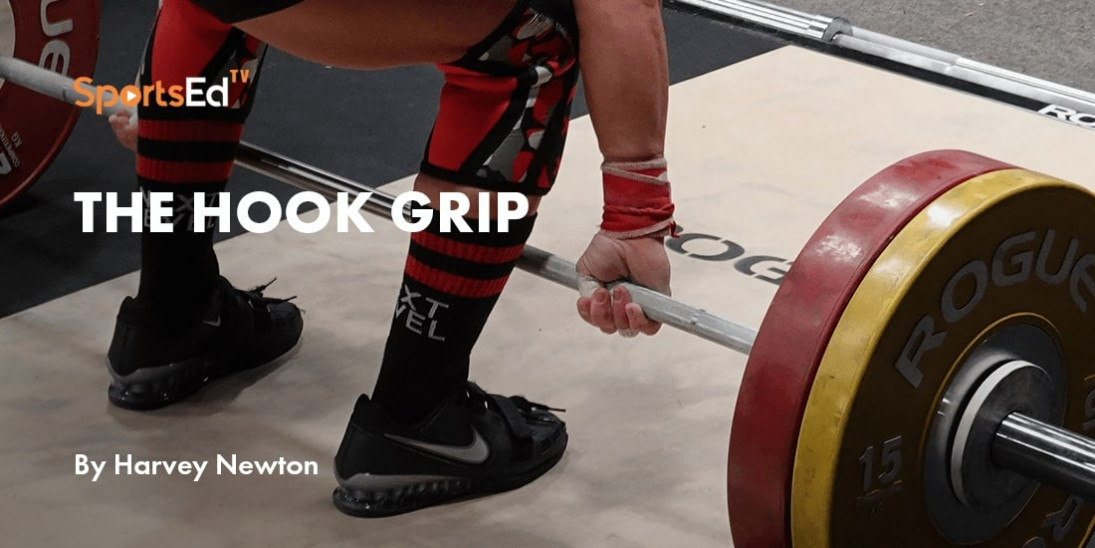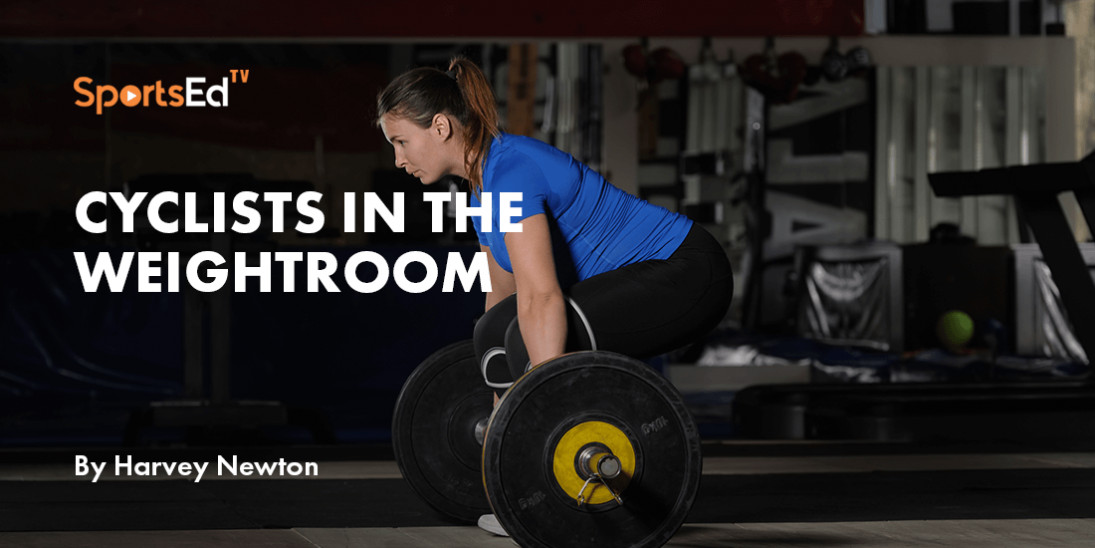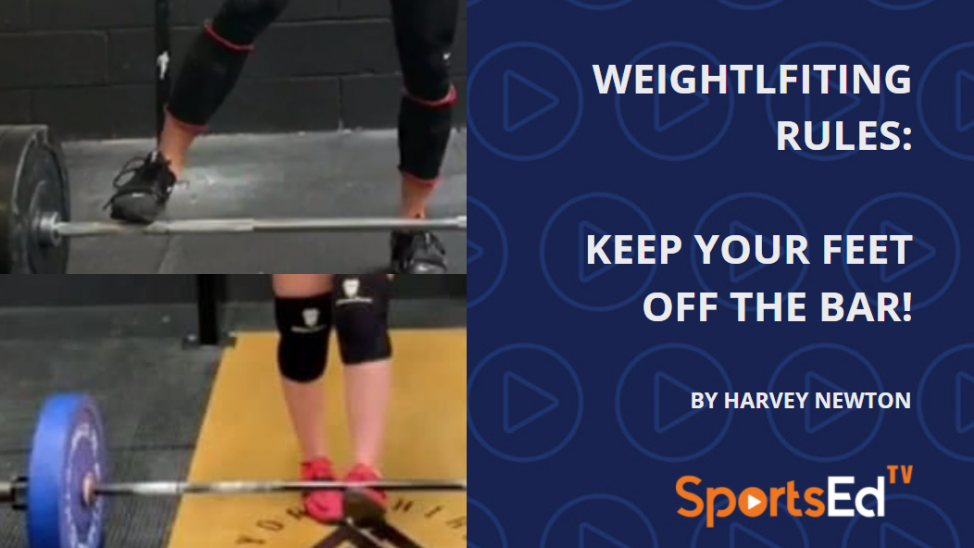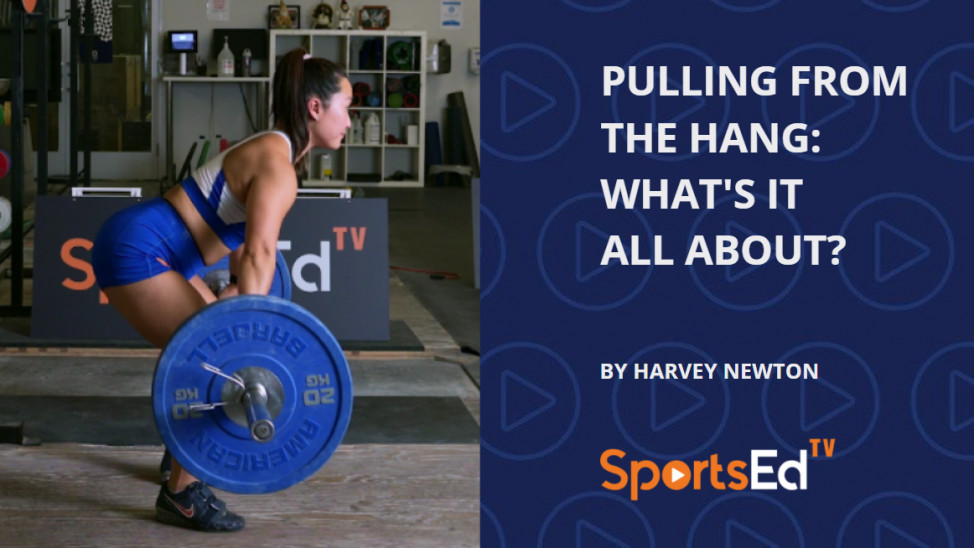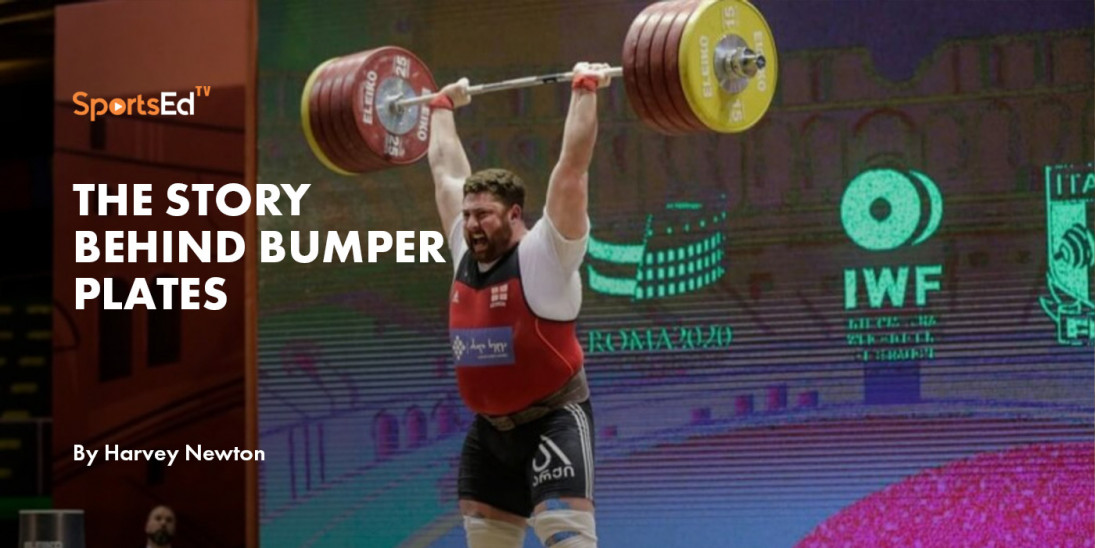Weightlifting
Welcome and thanks for visiting...

Bottom Touch In Weightlifting
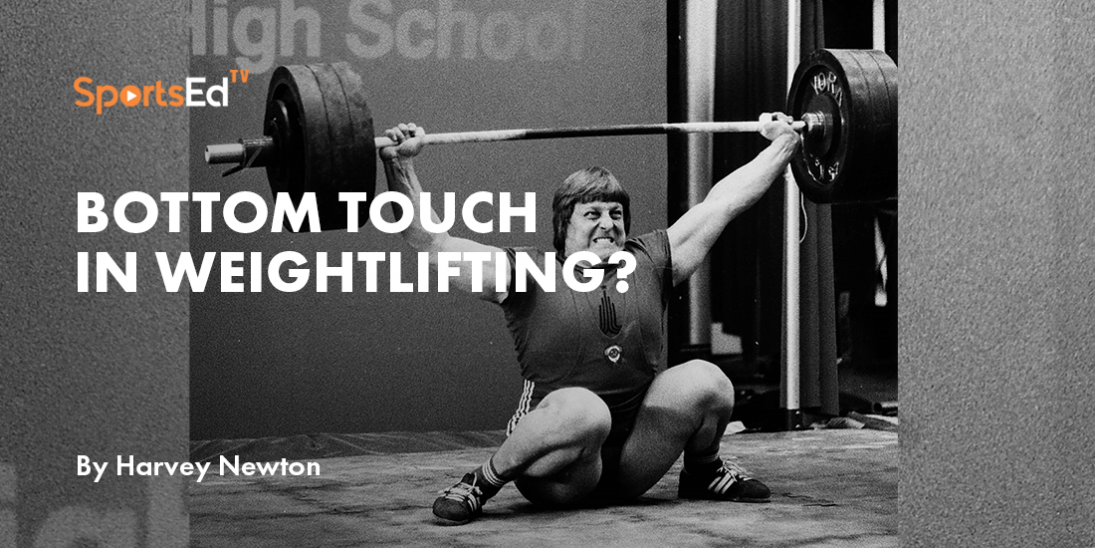
Weightlifting’s rules prohibit any part of the body except the feet from touching the platform. This record attempt by Olympic Champion Leonid Taranenko (USSR) did not reach arms’ length, but the picture demonstrates his amazing flexibility that resulted in a “butt touch.” Bruce Klemens Photography
Since the earliest days of competitive weightlifting, an athlete has not been allowed to touch the platform with any part of the body besides the feet. This rule is pretty limited, as there are not many parts of the body with which one could touch the platform and still make the lift. But there are a couple, thus the rule.
From the International Weightlifting Federation’s 2020 Technical and Competition Rules and Regulations we find the following directives:
2.2.1 No part of the body other than the feet may touch the platform during the execution of the Snatch (2.3.1 Clean)
2.5.1.2 (Incorrect Movements) Touching the platform with any part of the body other than the feet.
Some History
Early on, when many lifters employed a split style in the snatch or the clean, it was not unusual to note a “knee touch” that resulted in a lost lift. We don’t see many splitters these days, but with the squat style of snatching or cleaning there remain some issues. A knee touch due to collapsing in the bottom position is an immediate “no lift” although lifters have been seen to recover to a squatting position and stand, albeit to view the officials’ three red lights.
During the 1980s, at least in the United States, one rather officious official announced that if a lifter’s Ace-type knee wrap unraveled and an end touched the platform, this was considered to be part of the body, and thus the lift was to be turned down. Fortunately, that interpretation of the rules, never enforced anywhere else, is no longer a topic for discussion. This is not a reason to turn down a lift.
Today the most common, yet very infrequent, violation of the rules is a lifter having a “butt touch” during either the snatch or the clean. This should result in immediate red lights from the officials.
A butt touch in the clean is quite unusual, but this happens occasionally in the snatch. In order for this to happen, at least two things are needed: 1) the lifter must be quite flexible, and 2) it is more likely to occur with lifters with long femurs (thigh bones) relative to total leg length.
Searching for lower receiving positions, flexible lifters often receive the bar overhead with their feet located wider than the knees. This helps to avoid the compression of the hamstring area against the gastrocnemius (calf), something that often limits squat depth.
An Official’s Perspective
As a referee, a butt touch can be a difficult call to make. First, most officials are focused on the upper body, looking especially for any sort of press-out violation of the technical rules. Lifters that know they have butt-touched are likely to reposition quickly, and for many, recovering with a broad smile may convince an uncertain official that the lift deserves white lights.
If a referee witnesses a butt touch, he/she should immediately select “no lift” on their judging light system box. If two of the three officials agree, the system automatically activates an auditory and visual “no lift/down” signal. Minus this immediate decision suggests that at least two of the officials did not see the contact.
A key consideration, as mentioned in some other SportsEdTV rules-related blogs, is that today’s modern weightlifting venue may not provide officials with a reasonable view of the entire platform. At the Olympic Games and similar international events, referees are seated low so as not to interfere with the audience’s view of the lifter and platform. Often referees cannot see the lifter’s feet, and if such is the case, they certainly cannot view a butt touch (or for that matter, a knee touch in the case of a splitter).
An Illustrative Example
During a recent viewing of the 2019 Tokyo test event (a traditional trial session to assure all Olympic Games systems are working properly) I noted what I thought was a butt touch from one of the lifters. This required stop-action video playback (as used by the Jury) to see, but here are the details:
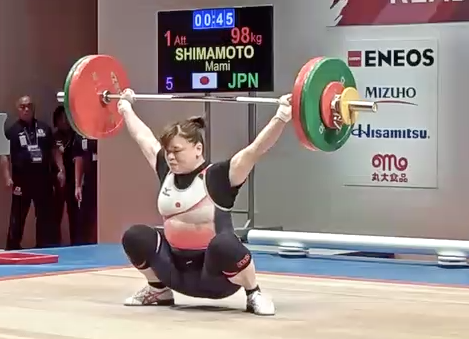
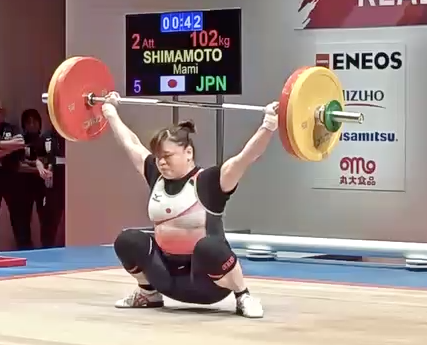
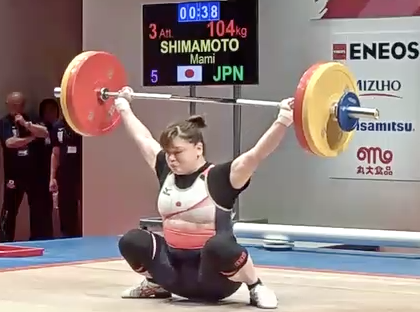
Japan’s Shimamoto takes a deeper squat during each of her successive snatch attempts.
The final attempt results in a butt touch.
This was a three-white light decision by the referees. Note that the test event did not take place on a raised stage with officials seated at a low level.
What to do if outstanding flexibility and a longer femur are part of one’s lifting style? The best bet is to maintain a rigid lower body when catching the barbell overhead. Relaxing in the receiving position is very likely to result in the barbell pushing the lifter into a lower final position.
In addition to a butt touch being against the rules, this is not particularly safe for the lumbar spine.
